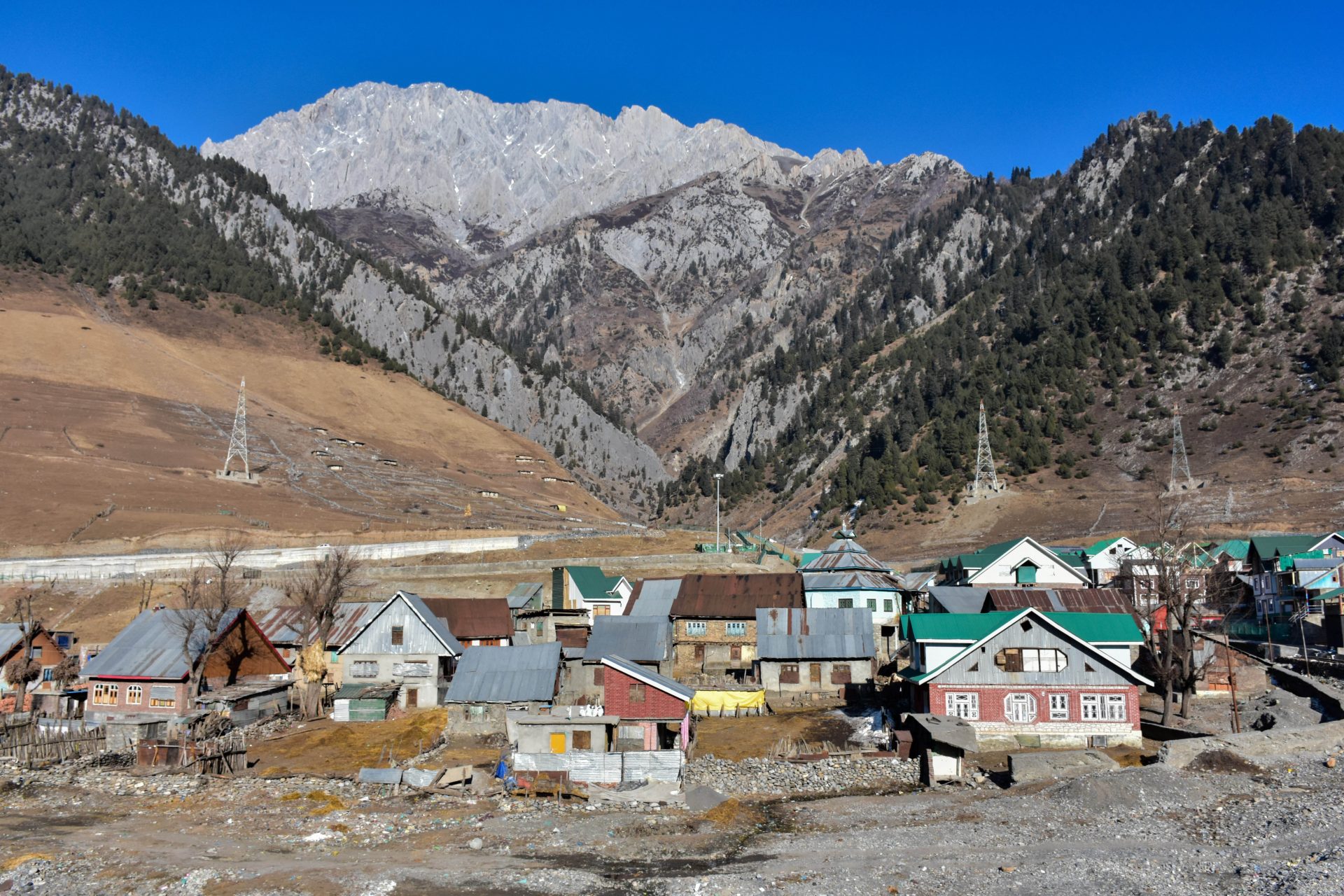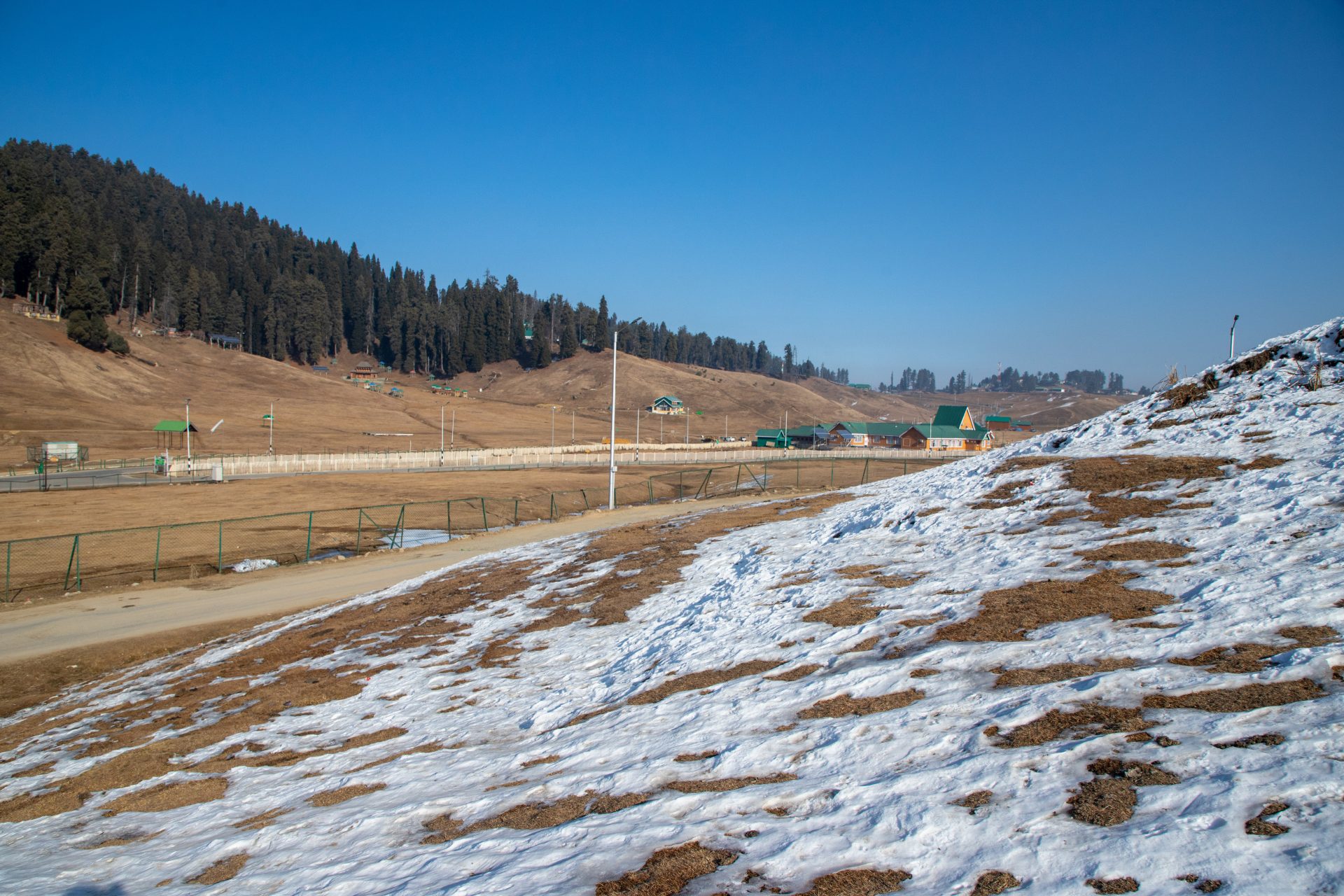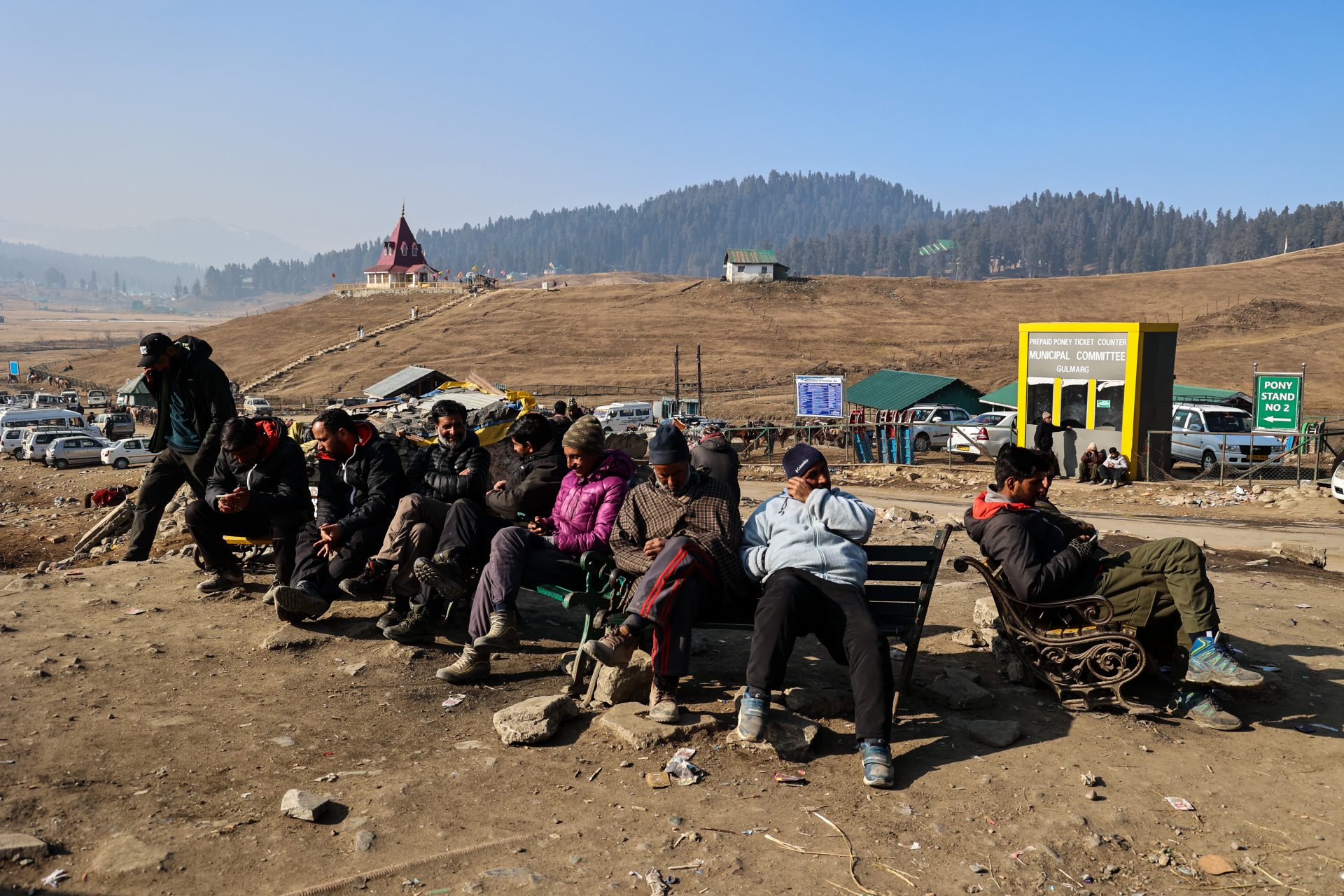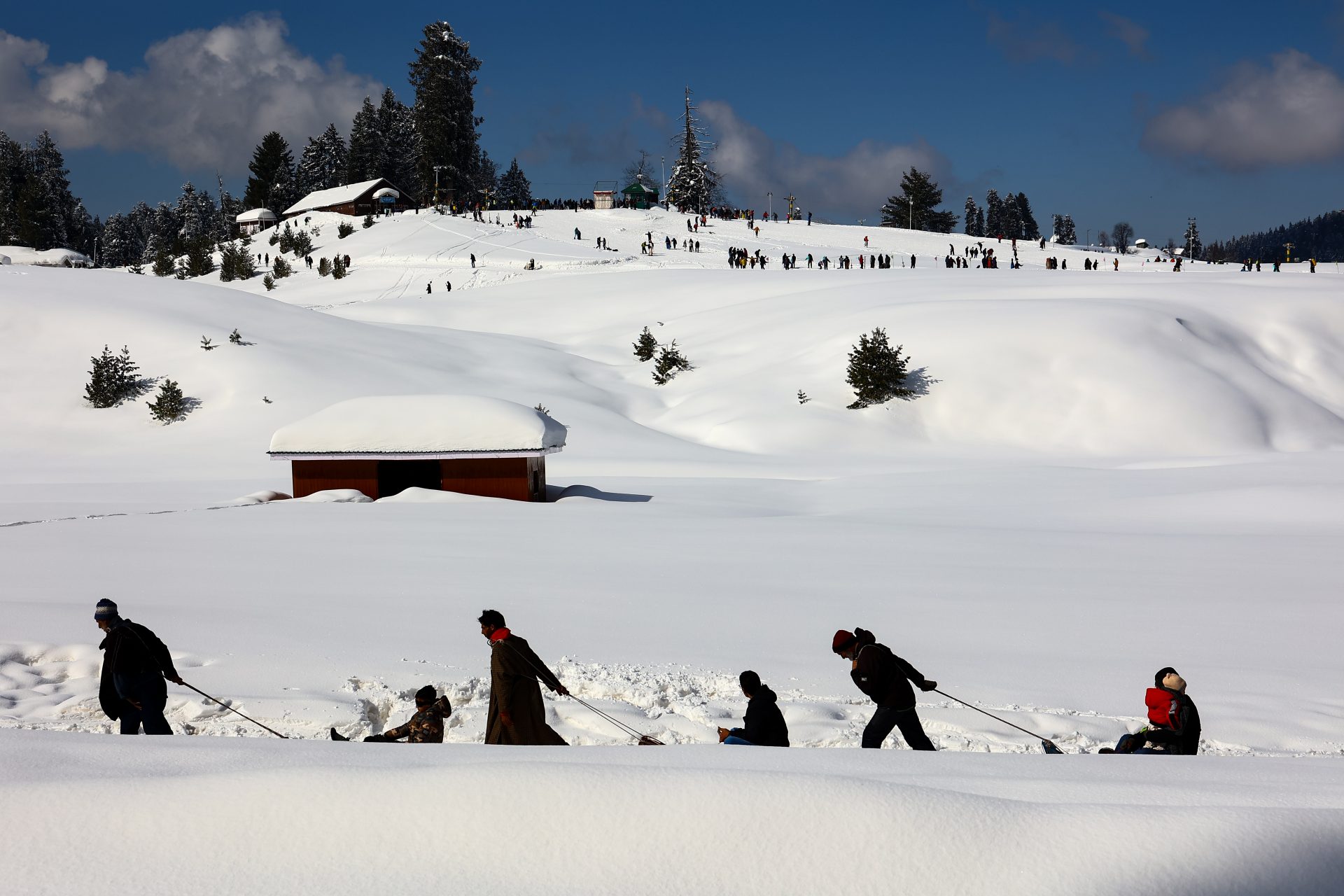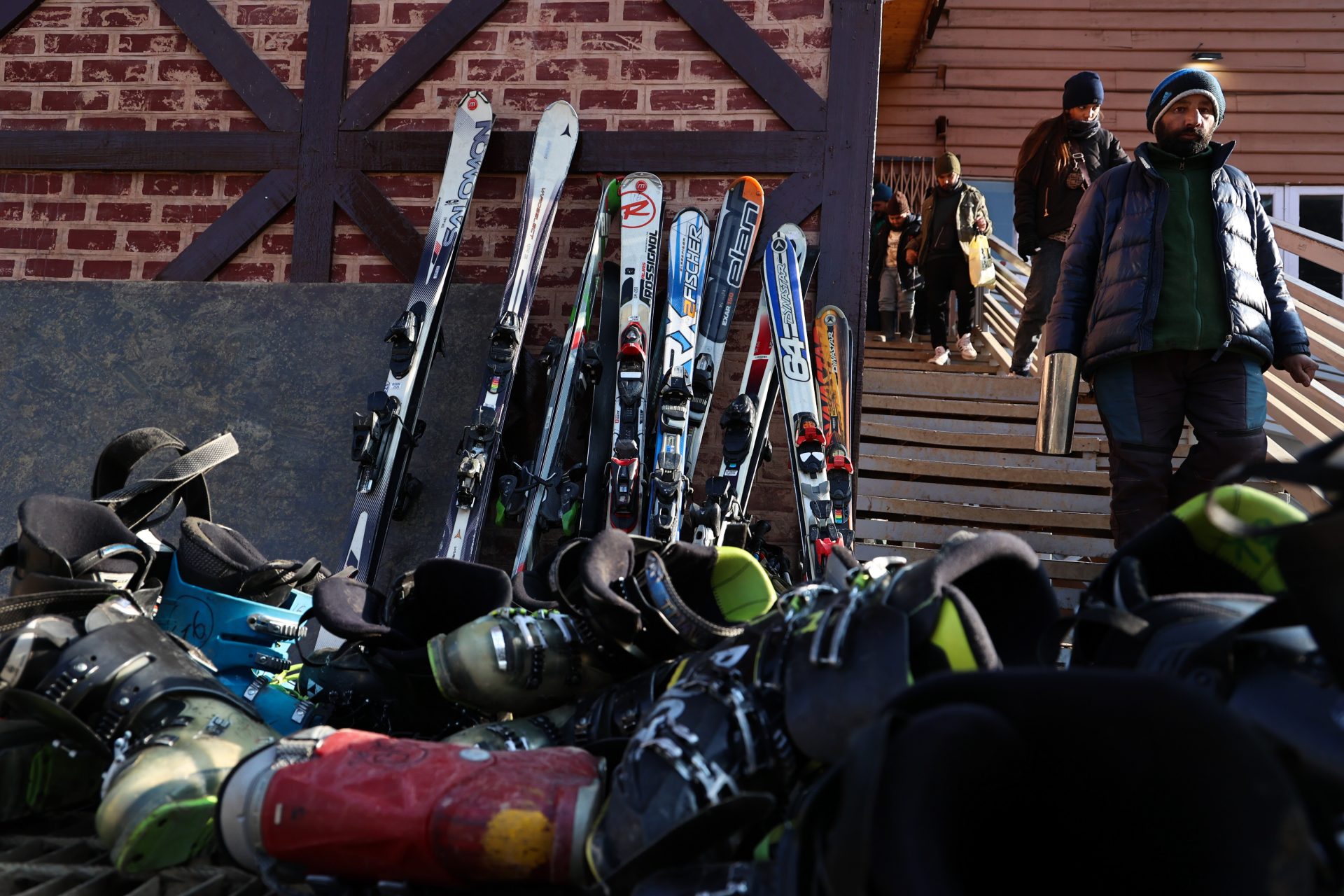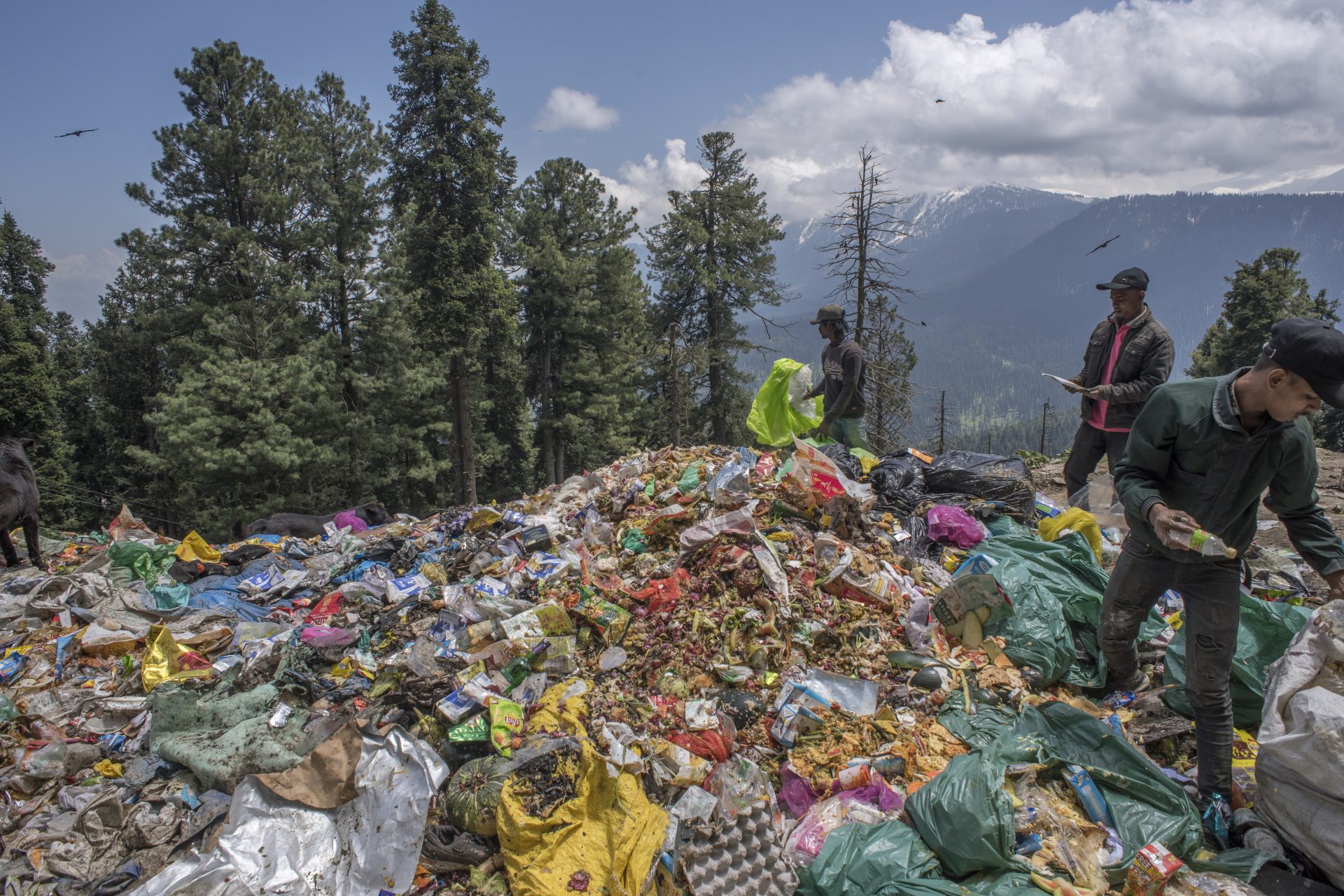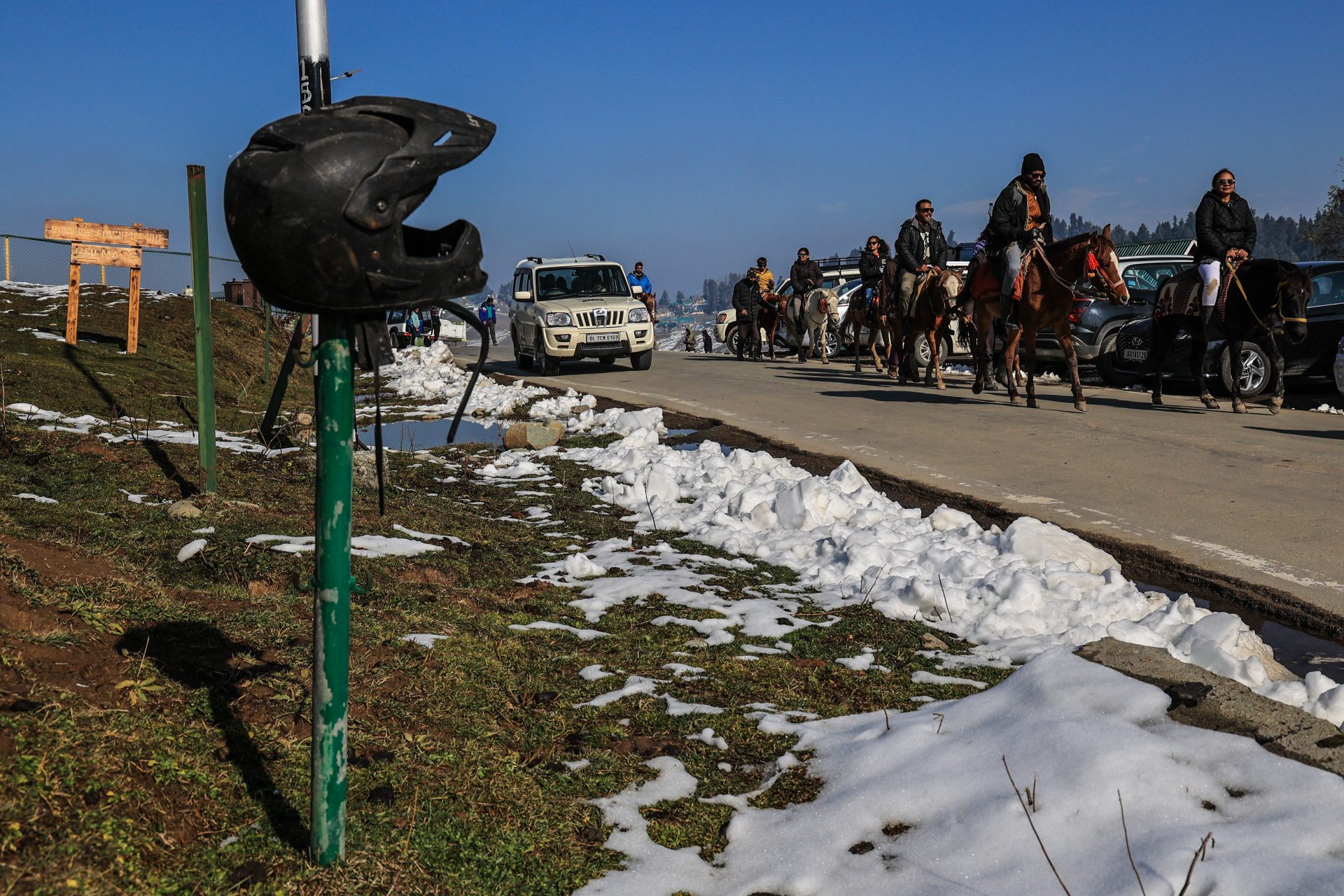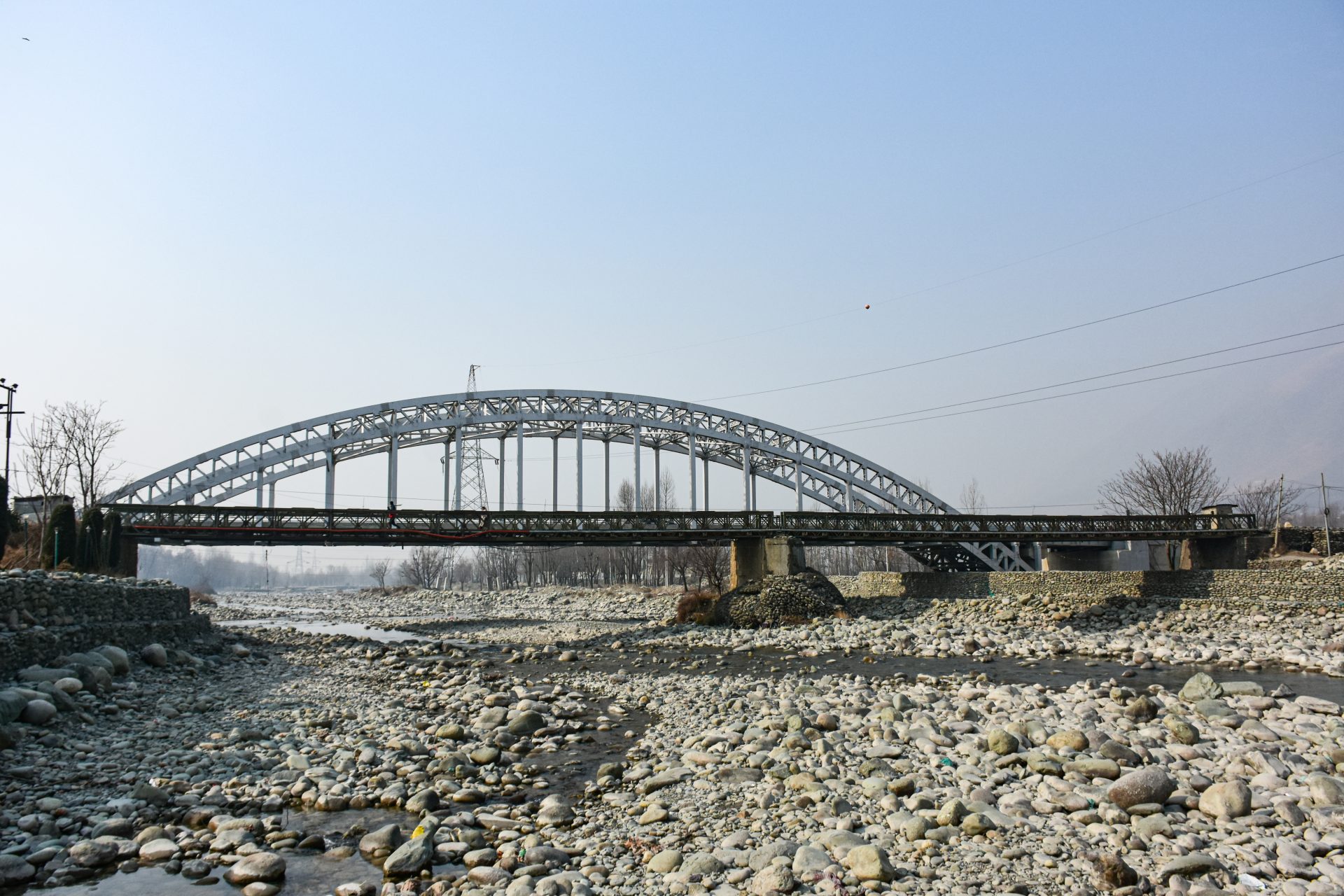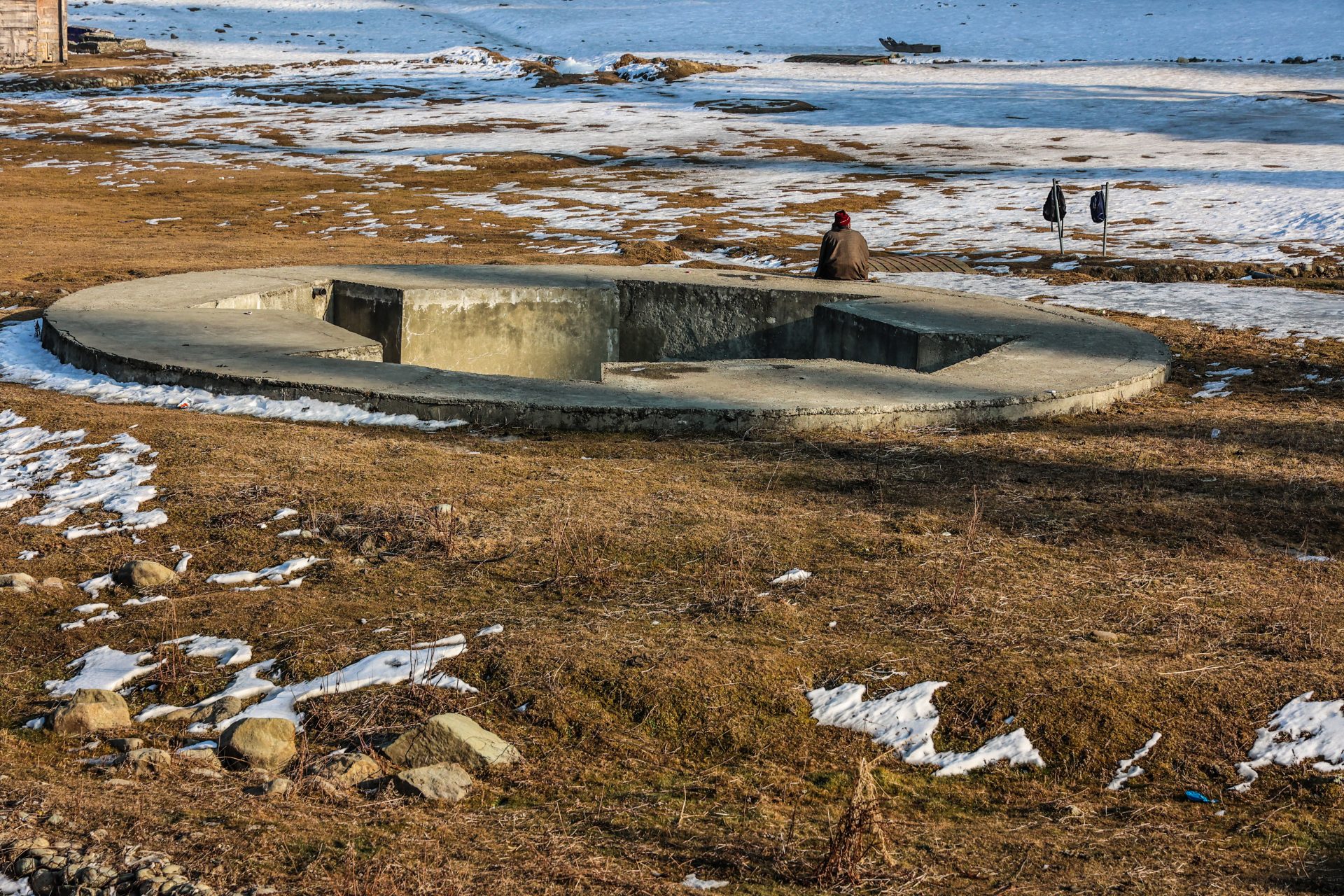The Himalayas are brown: first January on record without snowfall
It is early January and there aren't any signs of snow at the foot of the Himalayas, in the Kashmir Valley, where every year thousands of travelers come to the ski resorts of Gulmarg, Pahalgam and Sonamarg to enjoy its pristine white landscapes.
The lack of snow certainly is unprecedented and not something the locals will forget anytime soon. In The New York Times, ski instructor Ishfaaq Ahmad Malik, 65, said: “This has never happened before in January. Not in my lifetime. Definitely not in Gulmarg.”
We are talking about an area about 13,800-feet above sea level and where there is usually an abundance of snow between December and March.
To help drive home the point of just how strange it is to have a "brown January" at Gulmarg, take a look at this picture of what this area of ski resorts in Indian Kashmir should look like.
The sad reality is, this year, in January of 2024, snow can only be seen on the highest peaks of the mountains.
For this area, the lack of snow means a full-blown economic catastrophe: tourism is one of its main economic drivers.
But, with or without drought, this is another image of Gulmarg, a tourist destination that gets crowded in summer in search of cool temperatures. Garbage accumulates in its meadows in an aberrant way.
The climate crisis is aggravated by mass tourism, but mass tourism is an essential source of wealth for some areas of the planet. How will those who depend on tourism for survival solve this dilemma? At the moment, without snow, there is no tourism.
The rivers in this area of the Kashmir Valley are depleted of water. According to Reuters, experts believe that this extreme drought and high temperatures are related to El Niño, a phenomenon caused by the warming of the Pacific Ocean that brings extreme climatic events in very different areas of the planet.
But, beyond the temporary phenomenon that El Niño represents, global warming generated by humans (through the massive use of fossil fuels, above all) is responsible for global warming that is putting an end to snowfall in many places in the world where people used to go skiing.
More for you
Top Stories



